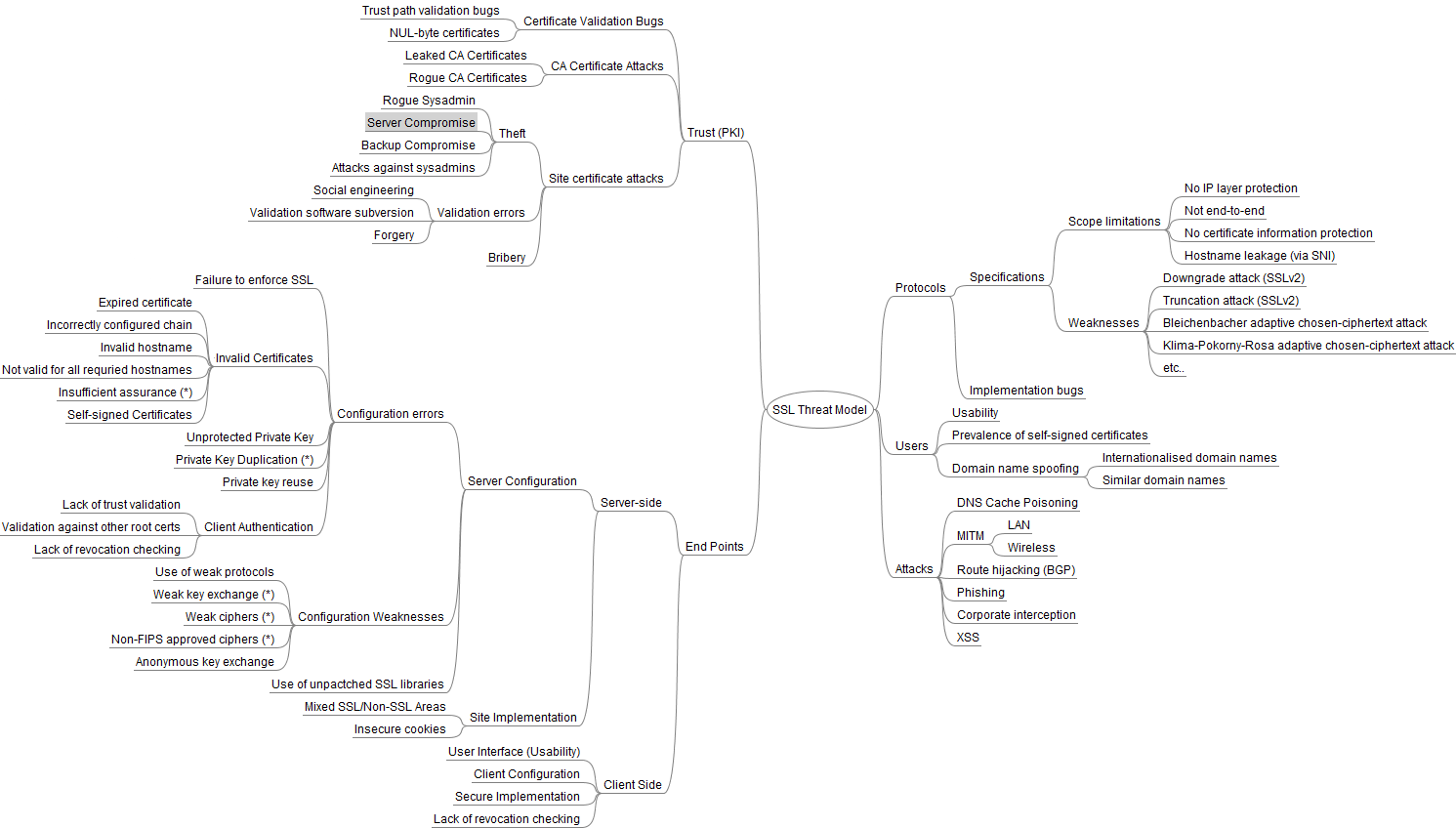3 hours later…
9 hours later…
21:43
@NicHartley Depends on the question, really. We don't do homework, but we can certainly point out potential flaws in a proposed scheme, if the question is well-written and specific.
Well if it's specific to cryptography, then Cryptography would be better, but they don't accept "analyze this scheme" questions.
Read the TLS1.3 RFC, specifically the section on design decisions. It is quite helpful if you're designing your own protocol. You'll learn why it's so important to use a different key for traffic in each direction, for example, as well as how to handle nonces and authentication and all that.
Encrypting data in-transit is far harder than encrypting data at-rest, because you have to deal with an active attacker, so all sorts of new threats become relevant (replay, reflection, etc.).
22:00
I imagine the handshake of TLS/Avian Carrier is even worse than the TCP/IP/AC April 1 rfc... tools.ietf.org/html/rfc2549
22:36
My project's big question is, how do I keep a list of files (including versions of files), and serve it to the end user in an efficient way, without me being able to infer anything about the data, including metadata about metadata... And without them needing to supply their private key to the client-side program on bootup/file change -- only need it when restoring from backup?
Client side would create a large symmetric key, encrypt that key with their public key... Use the symmetric key to encrypt files directly (and provide the encrypted version to the server for backup purposes). In order to decrypt the files, you'd need to decrypt the symmetric key's backup. That's the only time you'd need the private key.
« first day (3120 days earlier) ← previous day next day → last day (2058 days later) »

